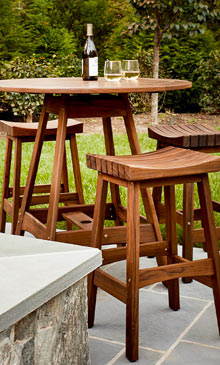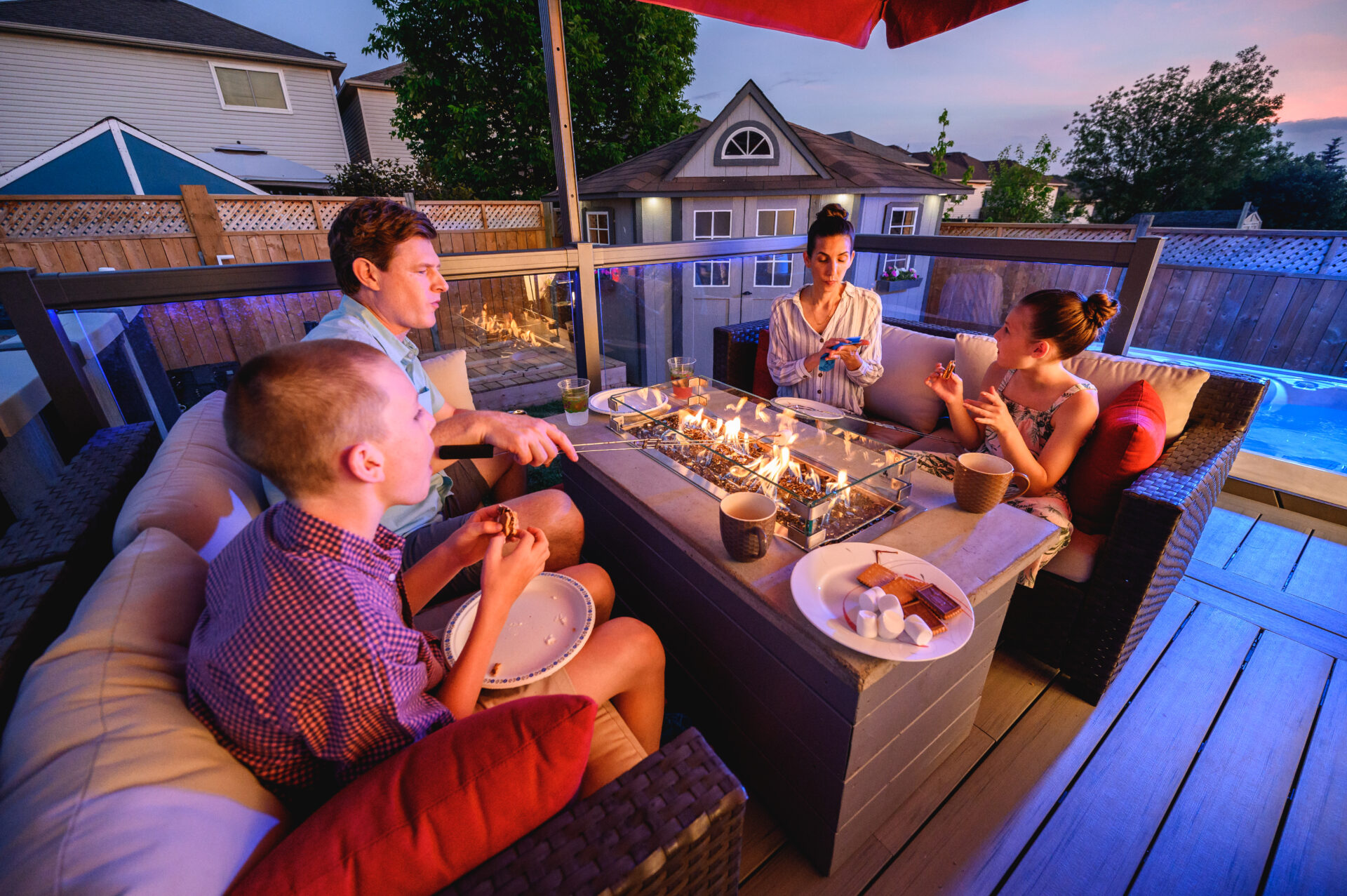Living in New England means embracing winter’s beauty while staying warm and comfortable. If you’re considering adding a sauna to your Portsmouth, NH, or South Portland, ME property, choosing the right type for cold climates is crucial for year-round enjoyment. Let’s explore which sauna options work best when temperatures drop and snow begins to fall.
Why Cold Climate Compatibility Matters for Saunas
When winter temperatures in New England regularly dip below freezing, your outdoor sauna faces unique challenges. The right sauna type maintains consistent heat, resists weather damage, and provides comfortable access even during snowstorms. Your investment needs to withstand nor’easters, heavy snow loads, and temperature swings while delivering that authentic sauna experience you’re seeking.
What Makes Barrel Saunas Popular Entry-Level Options?
Barrel saunas have become increasingly popular across New England as an affordable way to begin your sauna journey. Their curved design naturally sheds snow and rain, while the compact interior heats up quickly, typically reaching temperature in 30-45 minutes. The circular shape promotes efficient air circulation, and many models come as complete kits for easier installation.
Curious about the best place to install your sauna? Check out our in-depth blog here.
Barrel saunas do have limitations in cold climates, though. Most barrel designs only accommodate lower bench seating due to their curved walls. Since heat rises and the authentic sauna experience happens at the highest point, you’re missing out on the hottest temperatures. The limited seating height means you’re sitting in a position where it’s 20-30 degrees cooler than optimal sauna temperatures.
How Do Cabin Saunas Excel in Cold Weather?
Outdoor cabin saunas represent the gold standard for cold climate performance. These traditional rectangular structures feature both upper and lower benches, letting you choose your ideal temperature zone. The upper bench puts you where the heat is most intense, exactly where experienced sauna enthusiasts want to be.
Cabin saunas also offer superior insulation options compared to barrel designs. Thicker walls, better door seals, and proper vapor barriers mean your cabin sauna maintains temperature efficiently even when it’s below zero outside. The flat roof design (with proper pitch for drainage) handles snow loads better when engineered correctly, and the spacious interior accommodates more people comfortably.
Why Don’t Infrared Saunas Work Well Outdoors in Winter?
While infrared saunas have their place indoors, they struggle significantly in New England’s outdoor winter conditions.
Infrared technology relies on radiant heat that warms your body directly rather than heating the air. When outdoor temperatures drop below freezing, infrared heaters can’t generate enough warmth to overcome the cold ambient air.
The panels lose efficiency drastically in cold weather, often failing to reach therapeutic temperatures. Wind chill further reduces their effectiveness, and the lack of traditional hot air means you’ll feel cold drafts constantly.
If you’re committed to using infrared technology, keep it indoors, where climate control ensures optimal performance.
Which Traditional Sauna Heaters Handle Cold Best?
Traditional wood-burning or electric heaters excel in cold climates. Wood-burning stoves create an authentic atmosphere and work regardless of power outages, a real consideration during New England storms. They generate intense, dry heat that easily overcomes outdoor cold. Electric heaters offer convenience and precise temperature control, heating massive rock loads that retain and radiate heat efficiently.
Both options work well in properly insulated cabin saunas, reaching temperatures of 150-195°F even when it’s well below freezing outside.
The key is choosing a heater sized appropriately for your sauna’s cubic footage and your climate zone.
What Installation Considerations Matter Most?
Proper installation makes the difference between a sauna you use year-round and one that sits idle during winter. Foundation requirements vary by sauna type – barrel saunas need level gravel pads or deck platforms, while cabin saunas benefit from concrete foundations that prevent frost heaving.
Ensure easy access paths that you can keep clear of snow and ice. Position doors away from prevailing winds, and consider adding exterior lighting for dark winter evenings. Electrical connections need weatherproof housing and should be installed by licensed electricians familiar with cold-weather requirements.
How Can You Maximize Winter Sauna Performance?
Several strategies help any outdoor sauna perform better in cold weather. Pre-heating takes longer in winter. Plan for 45-60 minutes for barrel saunas and 30-45 minutes for well-insulated cabin saunas. Adding a changing room or arctic entry prevents heat loss when entering and exiting.
Quality door seals and threshold sweeps stop cold drafts. Consider adding LED lighting that performs well in cold temperatures. Keep a supply of dry firewood protected from snow if you choose wood-burning heat. Regular maintenance before winter, including checking seals, cleaning heaters, and treating wood, ensures reliable performance throughout the season.
We’re Here to Help You Find Your Perfect Cold-Climate Sauna
Visit our showrooms to experience different sauna types firsthand. Our team has been helping New England families choose the right saunas since 1976, and we understand exactly what works in our challenging climate.
Whether you’re drawn to the affordability of barrel saunas or ready to invest in a cabin sauna’s superior winter performance, we’ll help you make the choice that brings warmth and wellness to your backyard all year long.











